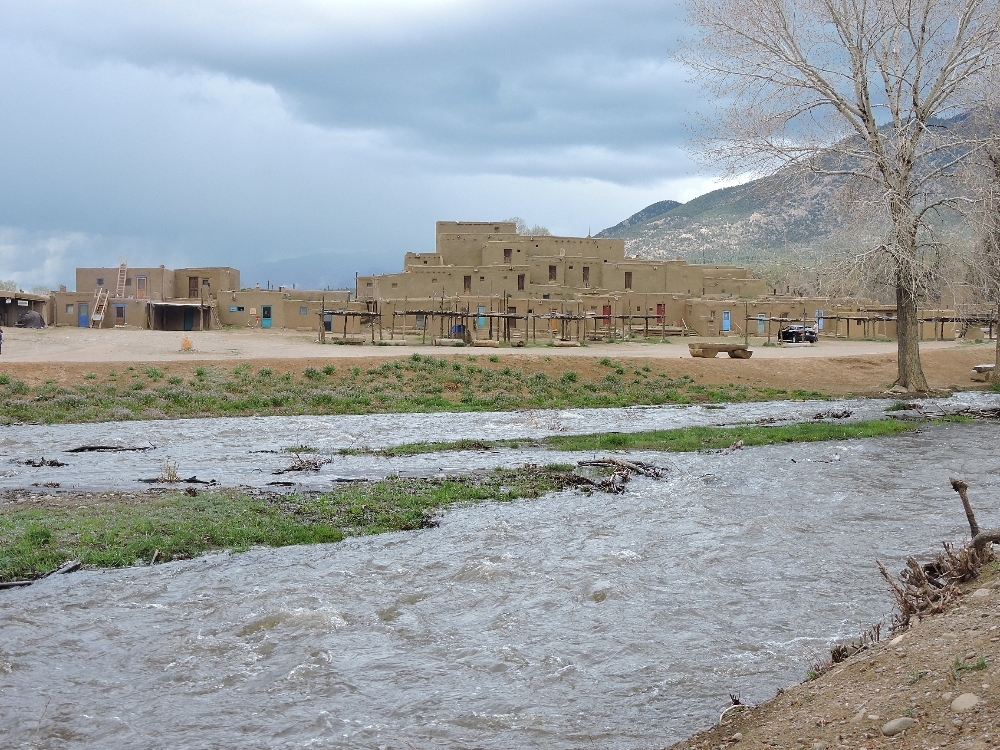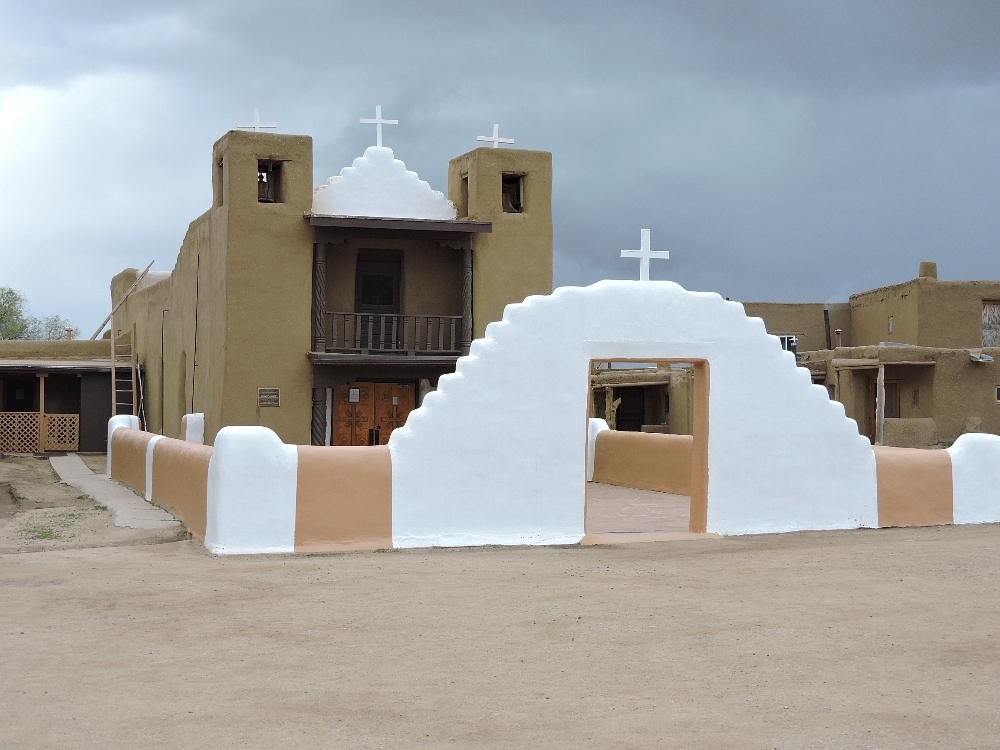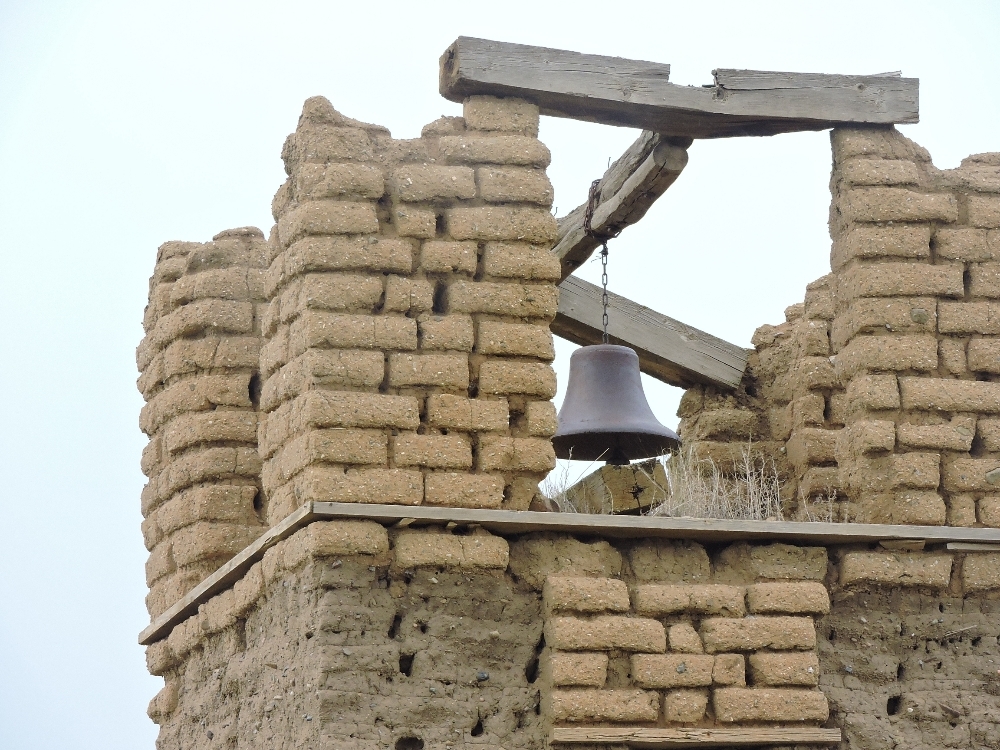Sometimes a place earns a spot on the World Heritage List based more on what it is than its inherent potential for tourism. This is probably the case with Taos Pueblo, a community about 2 km north of the modern town of Taos, which has been occupied in, more or less, the same manner for over a thousand years. Because it is a fairly small site, and, more so, because it is still a living community, with several families making the Pueblo their year-round homes, there is relatively little for visitors to see and do compared with other sites. Guests are expected to respect the resident’s privacy and not to enter homes or other buildings, unless they have a posted shop selling crafts or food, which many do have, in a tasteful, low-key manner. There are also guided tours available, which are worthwhile and provide the needed context to fully understand the history of the community. However, it is the site’s intrinsic value as being a place occupied for so long, in the style typical of a fascinating culture, that provides its justification for inclusion on the World Heritage List.
The two largest structures, multi-story residences, are known as Hlaaluma (North House) and Hlaukkwima (South House). While these, and the other buildings, do not exist in exactly the same form as they originally did, analyses have shown that timbers and other elements do indeed date back over one thousand years. In fact, the minimal changes that have been made to the buildings over the years have not introduced any modern elements, such as electricity, plumbing, or synthetic materials.



I found my visit to be informative and enriching, however I would have enjoyed the experience more if bicycling access had been a little easier. The highway leading to Taos from the southwest was dreadful and not entirely safe for cycling, given the amount of traffic that it carries. Additionally, another slightly perplexing barrier exists. After passing through the modern town of Taos, there is another 2 km of travel needed to reach the site, which is over land belonging to the Pueblo. At the start of that section is a sign that indicates that pedestrians and bicyclists are prohibited on tribal land. When I saw that, I naturally assumed it meant that travel on trails or over vacant land was not permitted, so I kept on riding up the short road to the site.
When I reached the entrance, I was politely informed that I should not have done that, and that I would need to take the free bus on my way back out of the site. I could not help but feel slightly annoyed and wondered why destructive automobiles were permitted, while more friendly modes of travel were not. Later, the young tour guide let me know that the reason for that is that the tribal government is worried about people getting bitten by one of the numerous dogs that prowl the area, and that if I wanted to ride back out when no one was looking it would not likely be a problem. Indeed, New Mexico does seem to have more problematic dogs than anywhere I have ridden in a long time, including one despicable creature that crossed the line with me on the previous day. However, it seems like a better solution to this issue should be easy to find.